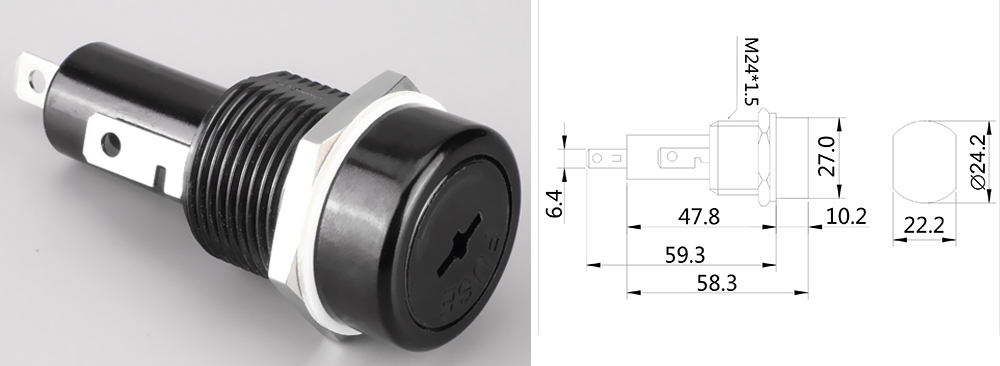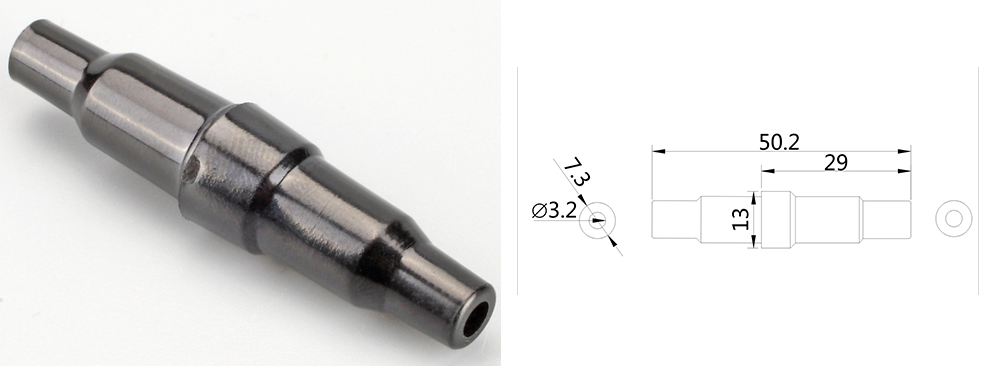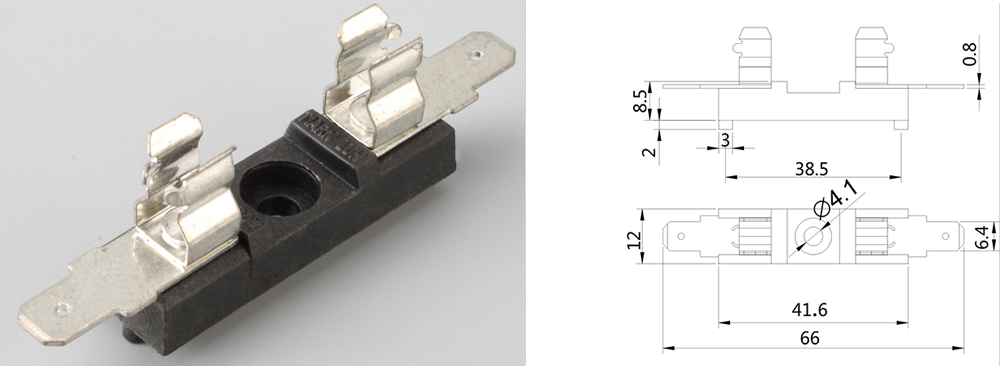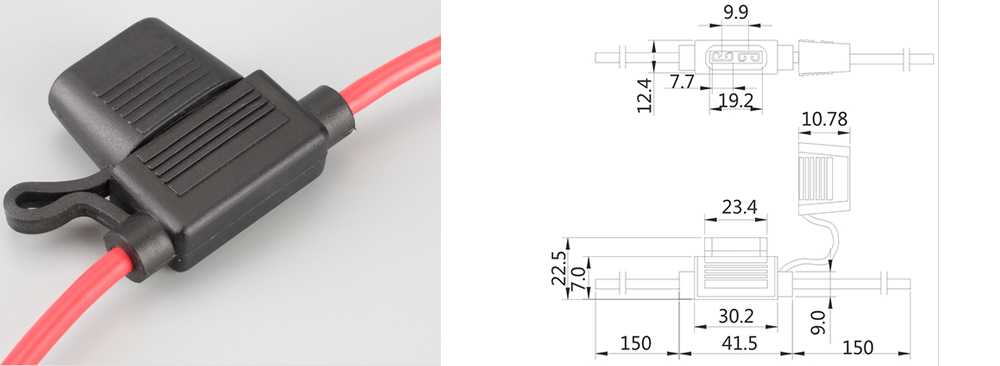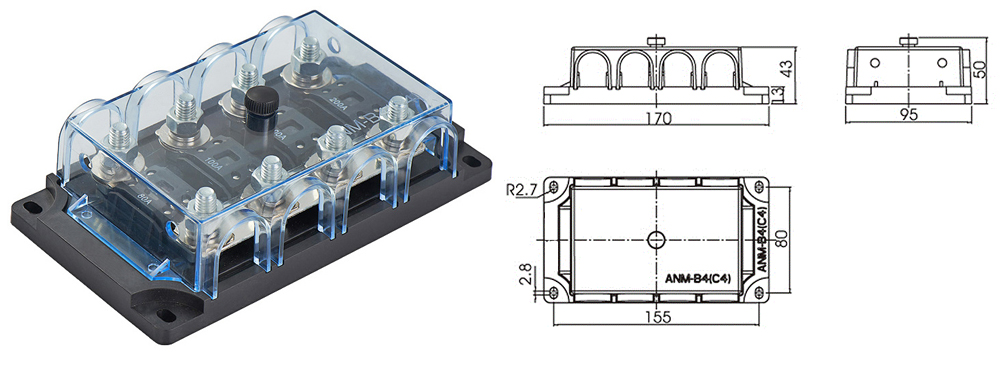The fuse holder is a socket for mounting the fuse. The fuse holder can be divided into: panel mounted fuse holders, PCB mounted fuse holders, in line fuse holders, rail fuse holder, and automobile fuse holder.
Panel mounted fuse holder: mostly used in electrical equipment, such as power amplifiers, DVDs, speakers, massage chairs and other electrical equipment);
Inline fuse holders: used for connection of small appliances and industrial machinery harnesses;
PCB fuse holder: mostly used on small appliance control panels;
Fuse clip: used for small appliances control panel;
Car fuse holder:
1. Leaded automotive fuse holders: multi-purpose automotive and industrial machinery harnesses;
automotive inline fuse holders
2, panel installation car fuse holder: mostly used in automotive electrical appliances, such as car amplifiers, car refrigerators, car DVDs, etc.;
3, car fuse clip;
The fuse holder has requirements for current resistance, voltage resistance, and fire rating. Generally, it is required to pass UL CSA VDE ROHS and other safety regulations and EU certification.
How to choose fuse holders?
How to choose a fuse holder is very important because it determines whether a key can be used for a long time.
When we choose a fuse holder, we must first look at its size and then choose according to our direct needs;
Next, look at the size of the fuse holder tube, as well as the current and voltage conditions.
When choosing a fuse holder, you can refer to these factors:
- Rated current
- Rated voltage
- Ambient temperature
- Voltage drop / cold resistance;
- Fusing characteristics;
- Overload capability;
- Time/current characteristics;
- Breaking ability
- Melting heat energy value;
- Durability (life);
- Structure;
- Dimensions;
- Installation form
- safety certificate;
Post time: May-09-2019

